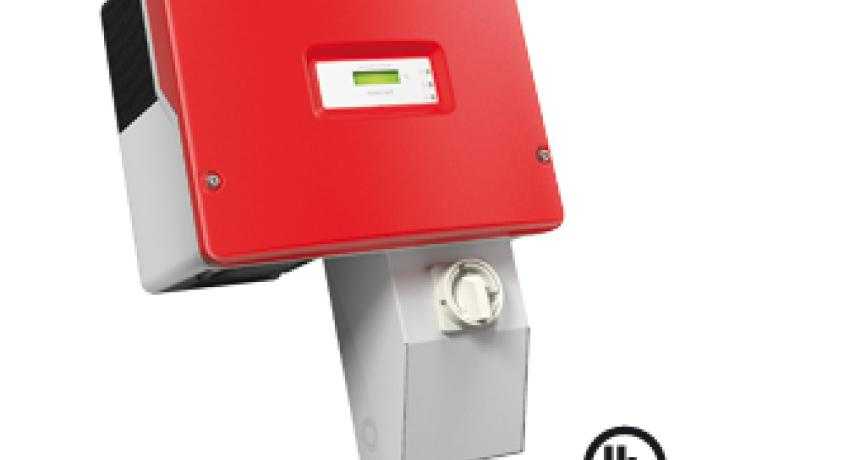Understanding solar inverters
The solar inverter is like the switchboard operator or middle manager of a photovoltaic array. In a conventional PV system all the PV modules are wired or tied into a central inverter, also called a string inverter.
The inverter itself conducts several important functions. Most importantly it converts the direct current (DC) electricity produced by the photovoltaic modules into alternating current (AC) with the proper voltage that can be used by household appliances.
Another important function handled by most modern inverters is maximum power point tracking (MMPT). Since PV modules produce electricity based on how much sun is striking them in some cases different parts of the array will be producing different levels of electricity. Electronics in the inverter monitor and respond to how much electricity the modules are producing and determines what load it can apply to the system to get the maximum amount of electricity from the array at any given moment.
This sometimes means the array is producing less power than it theoretically could at some points, because lower performing modules in a series will bring down the output of the entire string of modules tied into an inverter in most situations.
Inverters also serves as the cut-off point for a PV array, particularly for any grid-tied PV systems. For such systems the inverter must have what’s called anti-islanding protection. This means that when the grid power goes down the PV array stops providing electricity to the local load. So, unless someone has an energy storage system that the PV power can be diverted too, in the event of a blackout a home with solar will also be without power.
While it might not seem ideal for the end user, anti-islanding is an incredibly important feature because it makes it safer for utility service workers to restore power to an area. It also protects the home or business owner’s equipment and appliances. without the constant, steady flow of electricity from the grid, the amount of power being fed to appliances could spike or plummet, causing damage to them.
While conventional inverter systems have some drawbacks, they’re the primary system in use as of 2013. There are at least two other options that are starting to gain traction however, both of which provide MMPT at the module level in an attempt to maximize the energy in each module of the array. One technology, called a power optimizer, sends MMPT conditioned power to an inverter. The other, called a microinverter, converts the DC power to AC power at the individual module and sends the AC, grid-ready power to the grid or place where the power is being used. However, both power optimizers and microinverters have been more expensive to install than centralized inverters.




